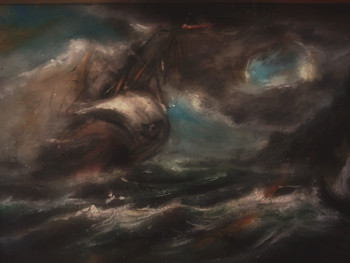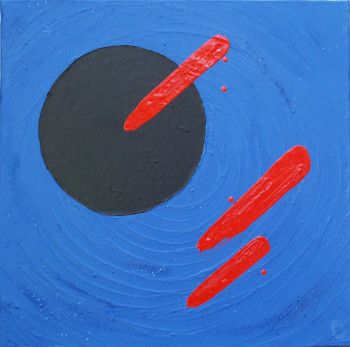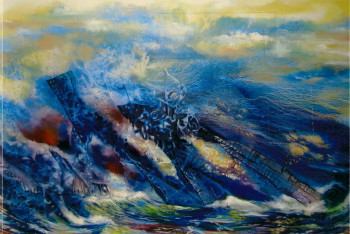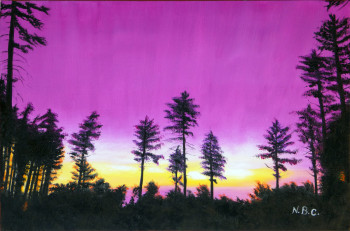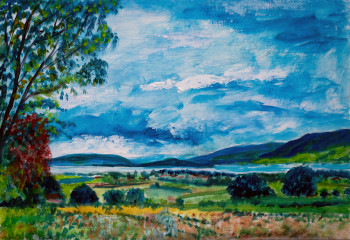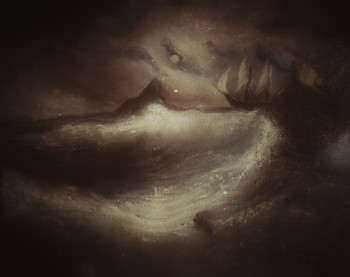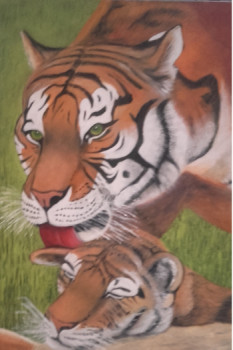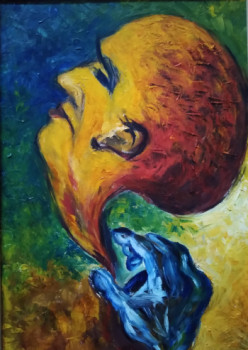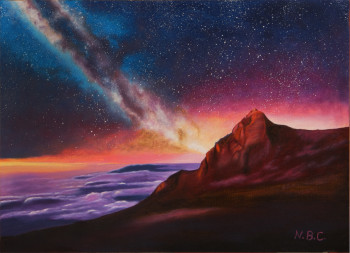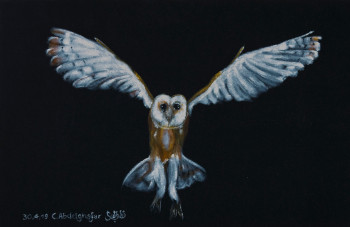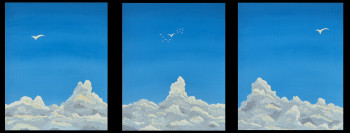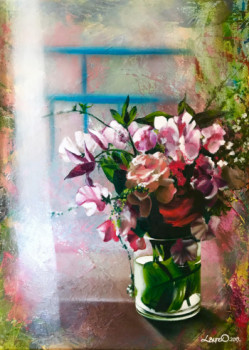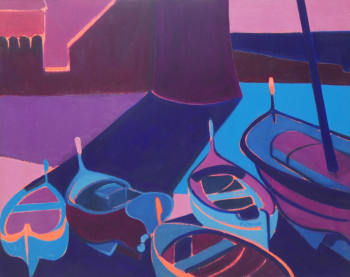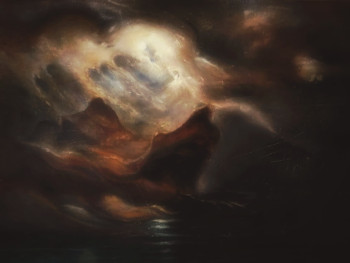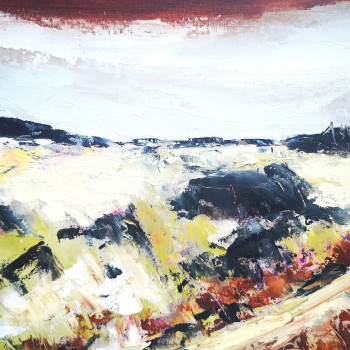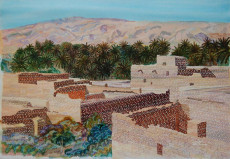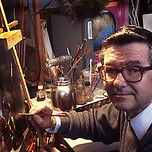
Oil painting
oil painting is a technique of painters well known to artists of the 19th and 20th centuries. However, this technique dates back to the end of the Middle Ages, gradually replacing traditional techniques. little tempera, which then consisted of an emulsion of egg yolk and egg white as well as colored pigments.(...)
Its consistency was quite close to oil paint. oil although this was later preferred for reasons of practicality.
If the painting Oil is popular because it is a noble, rich, brilliant and creamy paint, particularly pleasant to use. work for the painter. In addition, it is an extremely resistant paint over time. Its particularly long drying time allows for a great diversity of products. in the details and relief effects.
At the origins of painting oil
Today well known, the painting the oil begins to soften. spread across northern Europe, particularly in Flanders and the Netherlands from the start of the Renaissance. By default, authorship is set. of this technique is attributed to Jan Van Eyck, Flemish painter.
However, it is more likely that Eyck simply contributed to the the extension of this technique by perfecting the attempts of a few anonymous painters. Eyck would have had the idea of adding linseed and walnut oil as well as turpentine to the color pigments. He then obtains a paint that is very resistant to wear and tear. water, time, with a longer drying time, allowing him to fine-tune and work on minute details, without compromising his work.
It is also possible to admire one of the painter's paintings with the wood oil technique at the Louvre museum in Paris. Paris: it is The Virgin of Chancellor Rolin (c. 1430 or 1435-1436), oil on wood, 66.62 cm.
Painting the oil will undergo numerous modifications and changes during the 19th and 20th centuries to become what we know then. It is becoming one of the most popular painting techniques for the effects of materials and reliefs that it provides through its thickness and its work in successive layers.
It is the technique of the painter without any other measure.
The composition of the painting oil
Painting Oil is a paint whose binder (oil) envelops the pigments which give it its color. Thanks to This mixture, the paint is rich and its finish particularly shiny.
The oils mainly used are linseed oil and poppy seed oil (more rarely walnut oil). Oils have the particularity of to bind the pigments together and agglomerate them. Pigments were incorporated either single-colored to create a single-pigment paint or various dyes could be mixed to achieve highlights and coloring effects.
Of course, the pigments came from natural resources such as crimson red from cochineal or green from the drying and grinding of various plants.
For its conservation, the painting was first placed in a dry place. Sheltered in pig bladders, then in tin tubes. It was only in 1720 that Monsieur Lefranc, a trader in pigments and spices, had the revolutionary idea of developing a tube with waterproof closure. It was still Alexandre Lefranc who developed the formulas for painting composition that are still respected today.
Some famous painters and paintings
Painting technique par excellence of the painter artist, watercolor painting. oil is found in the hands of the greatest painters in Europe.
- The Mona Lisa by Leonardo da Vinci
Paris, at the Louvre Museum, it is possible to admire the beautiful Mona Lise. The Mona Lisa, one of the many works of the genius Leonard da Vinci, is known internationally. throughout the world and has been reproduced a quantity countless times. She would have been executed by the master either between 1503 and 1504 or between 1513 and 1516.
- Rembrandt's Night Watch
This superb work is kept at the Rijksmuseum in Amsterdam. What makes it famous is the chiaroscuro technique giving life and movement to the various characters on the canvas representing a bourgeois militia in Amsterdam.
- The cult Salvador Dali
More contemporary, Salvador Dali also took control of the world. paint He used oil to create a large number of his exuberant and zany paintings. One of the most famous Catalan paintings is, without a doubt, the soft watches 1931, the original representation of which is exhibited at the Museum of Modern Art in New York.
Many painters use watercolor paint. oil for their work. ARTactif is a directory of contemporary artists which aims to highlight them and their works. All their paintings are visible and searchable directly online.
Why choose a custom paint board? oil
Painting oil leaves no one indifferent, both the experienced painter and the experienced painter. than the amateur. Enthusiasts will be able to recognize it as a technique that offers many possibilities.
A painting with a unique touch. the oil can be applied:
- Alla prima
That is to say, the painting is painted « in the fresh ». The colors are mixed both on the palette and in the painting itself, applied against each other and on top of each other.
- In a superimposed layer
Often Using a painting knife, this technique will give depth and relief to your painting. the canvas.
- The glaze
Whatever technique is used (alla prima or layered), the canvas can be finished with a glaze. It is a transparent layer of paint whose effect can be compared to that of a transparent layer of paint. that of a sheet of colored plastic placed on an image. No brushstrokes are visible, but the initial colors of the canvas change.
There are many other methods, each artist will go with his or her own sensitivity. to choose the technique that suits it.
